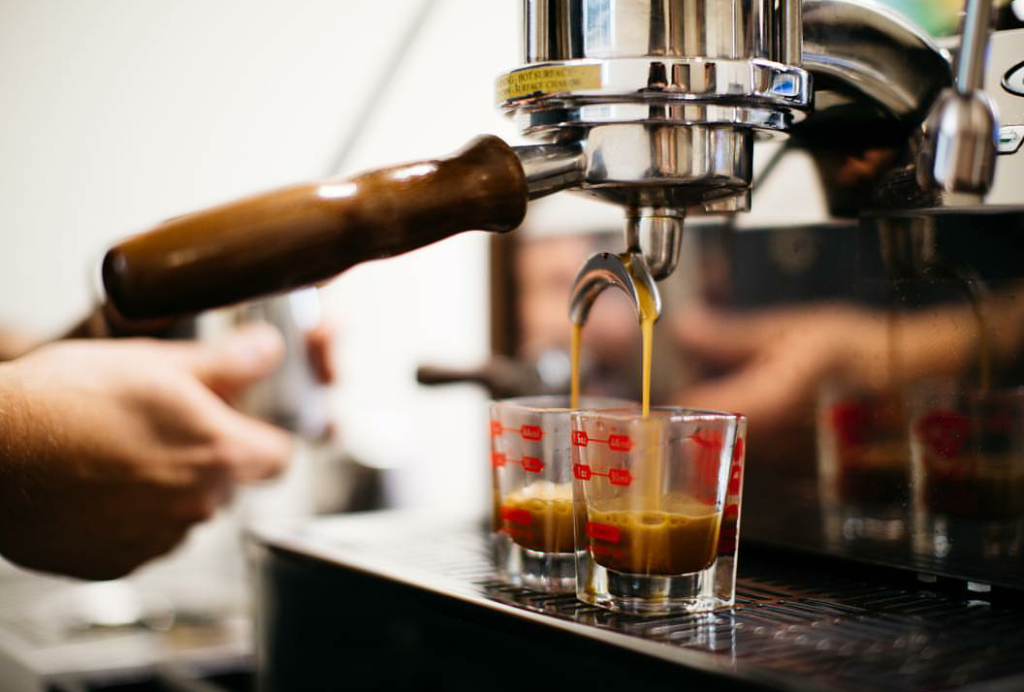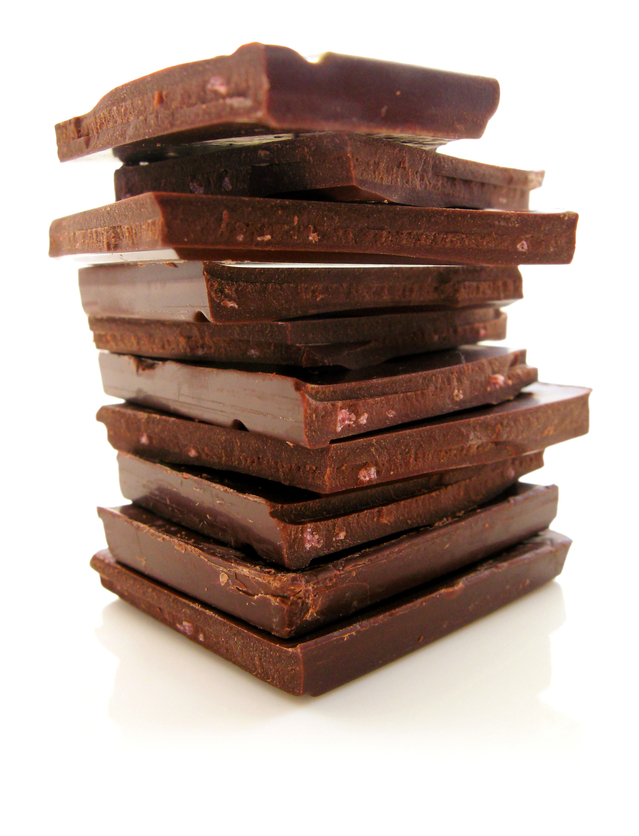Performance Supplements That Actually Work: Part 2 of 5
Caffeine
You’re working the graveyard shift. It’s 3AM and you have to stay wide awake for another five hours. Naturally you reach for the coffee pot on the warmer that contains light roast coffee because you know it contains more caffeine than any other roast (by volume). Instead of having your coworker splash cold water in your face, you know that the cup of light roast will stimulate your central nervous system allowing epinephrine to flow through your veins resulting in an increased heart rate, increased calcium permeability in your sarcoplasmic reticulum via an increase in cyclic AMP leading to heightened fatty-acid metabolism (guilt over that last donut). You also know that within 45 minutes of your first sip, you’ll begin feeling the effects of the caffeine. You could have kept rationalizing the reason for taking your first sip, but you’re past that. You are now able to finish polishing the floors fully alert and explain to your coworker why you opted out of the “ice-water-to-the-face” tactic.
Caffeine has long been known to be a stimulant and it has been used by endurance athletes for many years as a legal performance enhancer. In today’s blog, you’ll see why.
Let’s educate you a bit before diving into the performance effects! Caffeine is a derivative of what we know as xanthine. There are other molecules that are derived from xanthine…primarily stimulants and bronchodilators like you see in the treatment of asthma. Caffeine is a xanthine molecule, which binds to receptors that are located all over the body and especially in the brain. Let’s think of this as a simple jigsaw puzzle. Caffeine and adenosine are able to link to the receptor list below:
A1– Decreases heart rate, bronchoconstriction
A2A– Coronary vasodilation, decreased dopamine release and activity
A2B– Causes bronchospasm (which can lead to asthma attacks, etc)
A3– Cardiac muscle relaxation, smooth muscle contraction
When the adenosine puzzle piece links to the above receptor pieces, the result is a perfect match leading to the exact reaction listed above. However (!!), when our lovely floor polisher ingested his light roast coffee, caffeine molecules link to available receptor puzzle pieces, blocking adenosine thereby reversing normal effects This is why we call caffeine an adenosine receptor antagonist. In the above list, replace the word “decrease” with “increase”, “constrict” with “dilate”, “relax” with “constrict”, and BAM, you have your answer on the influence of caffeine on the body.

Although caffeine can bind to A3receptors, the puzzle piece union isn’t very flush so it has a fairly low attraction to that site. A1and A2Aare the most common adenosine receptors (ARs) found in the brain and this is where it gets interesting!
When we talk about people getting used to ingesting certain amounts of caffeine, it has been thoroughly researched but different studies have proven different results. The idea is that as caffeine binds to the A1receptor in the brain, up-regulation of the normal functions appear. In other words, the body will try to return to what is normal—a two-dollar word of the day—homeostasis. Another thing may happen when there is massive caffeine exposure: the concentration of adenosine in the blood (specifically, plasma volume) is heightened. This means that the receptors that typically have a low attraction for caffeine would then be more easily targeted by adenosine since the concentration is now high enough for the binding site to be occupied by adenosine instead of caffeine. Phew! This leads into why some athletes fast from caffeine for a certain period of time before placing it back in their diet just before competition. It’s effects on performance is greater!

Now the amount of caffeine needed to see a performance increase shouldn’t be based on the milligrams (mg) alone. Instead it should be based on the milligrams per kilogram of body weight (mg/kg). One peer-reviewed article cited that 6mg/kg showed a significant increase in performance. Simple math shows us that for someone weighing 165lb, they would have to have 450mg of caffeine. That’s a little over 11 shots of espresso! Have you seen those companies that claim, “Drink coffee, lose weight”? They aren’t totally off base. If you ingested 10mg per kilogram of body weight, you will likely increase your fat burning capabilities by 24%. BUT…that’s a ton of caffeine. I was part of a study in graduate school that was similar to how they found these results. We took Caffeine in pill form and it resulted in a pounding headache for three days. Always test in training what you intend to utilize during a race!
The reason that fat-oxidation is so important is that it effectively reduces the amount of carbohydrate your muscles are using for a given intensity (below maximal intensity). Looking at this in more depth and combining what you know about Caffeine’s effect on the brain, let’s make a list:
- Time to exhaustion is prolonged
- Muscle glycogen is spared (harder to bonk)
- Alertness is improved
- Rate of perceived exertion (RPE) decreases
Although the placebo effect works for some individuals, caffeine really does have an influence on performance. But note a few things here:
- It is MUCH more effective in people that are well trained
- It is much more effective in people that don’t consume caffeine often
- The amount of caffeine needed to illicit the performance enhancing effects is very high
A final note about our floor polisher. He was also smart enough NOT to dump two cups of sugar into his coffee because he would obviously negate the fat burning benefits that caffeine has to offer. We all could learn a thing or two from him!
 Don’t like coffee? See how your body fares with caffeine pills, but be careful. Start with small doses. Also, a bar of dark chocolate contains approximately 30mg of caffeine, as does a regular can of cola. The amount needed to see a huge performance aid? Yikes and blah! Those of you that are still refusing to do the math…15 dark chocolate bars for a 165lb human. I’ll choose NOT to go into cardiac arrest.
Don’t like coffee? See how your body fares with caffeine pills, but be careful. Start with small doses. Also, a bar of dark chocolate contains approximately 30mg of caffeine, as does a regular can of cola. The amount needed to see a huge performance aid? Yikes and blah! Those of you that are still refusing to do the math…15 dark chocolate bars for a 165lb human. I’ll choose NOT to go into cardiac arrest.
I scream for caffeine!
